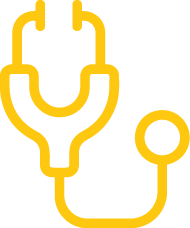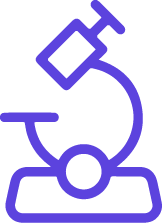
Software Solutions for Pharma & MedTech
Where compliance, efficiency, and innovation drive success
Don’t be late to the digital transformation of the life sciences industry. QbD Group leverages deep expertise in business processes, regulatory requirements, and IT.
We provide tailored software solutions and comprehensive services to help you strike the right balance between compliance and business efficiency. Stay ahead of the online revolution and bring your products to market swiftly and successfully.
Expertise
Your digital challenges are in safe hands with our expertise that bridges business processes, regulatory gaps, and IT.
Technology agnostic approach
Our approach ensures that your unique needs dictate the solutions we provide, not the limitations of a specific technology.
Full life sciences coverage
Our solutions and services cover all life sciences areas from medical devices (MD) and in vitro diagnostics (IVD) to ATMPs and medicinal products.
Full lifecycle support
We help you navigate the complexities of digital transformation with confidence and agility, ensuring your whole journey is as swift and successful as possible.
Market trends & challenges

Our software services in









Why QbD Group?
QbD Group provides trusted software solutions to life sciences organizations worldwide. With over a decade of experience, our team delivers compliance, efficiency, and innovation through tailored strategies that meet your unique needs.
What sets us apart?
-
Proven expertise: Over 10 years of experience in life sciences software solutions.
-
Tailored support: Customized strategies to meet your organization’s goals.
-
Global presence: Compliance expertise across international markets.
-
Full lifecycle services: From implementation to ongoing maintenance, we’ve got you covered.
Partner with QbD Group for software solutions that drive success at every stage.
+10 years of experience
Full lifecycle support
Global presence
Best Managed Company

Get in touch
Have a question? Let's talk Software Solutions!
Our team of experts at QbD Software Services & Solutions is here to answer your questions, provide insights, or discuss how we can support your project. Whether you're looking to optimize compliance, streamline workflows, or harness the power of data in life sciences, we’re ready to help. Share your details, and we’ll be in touch shortly!
Latest insights











.jpg)


















